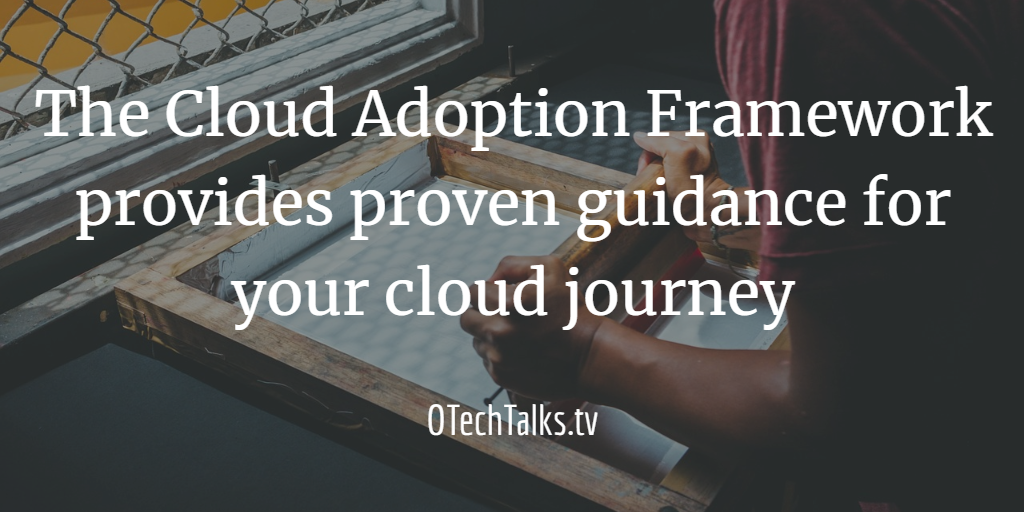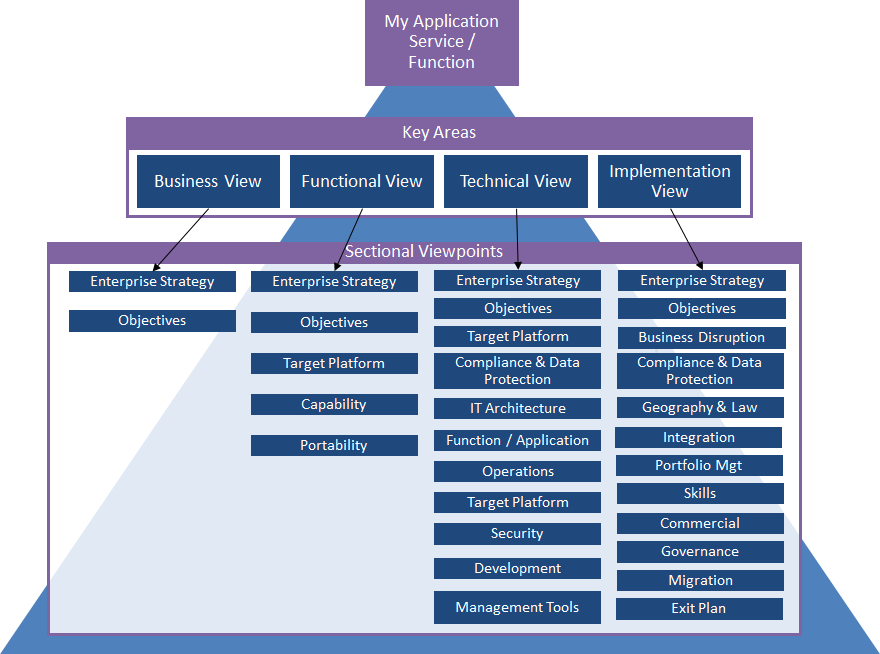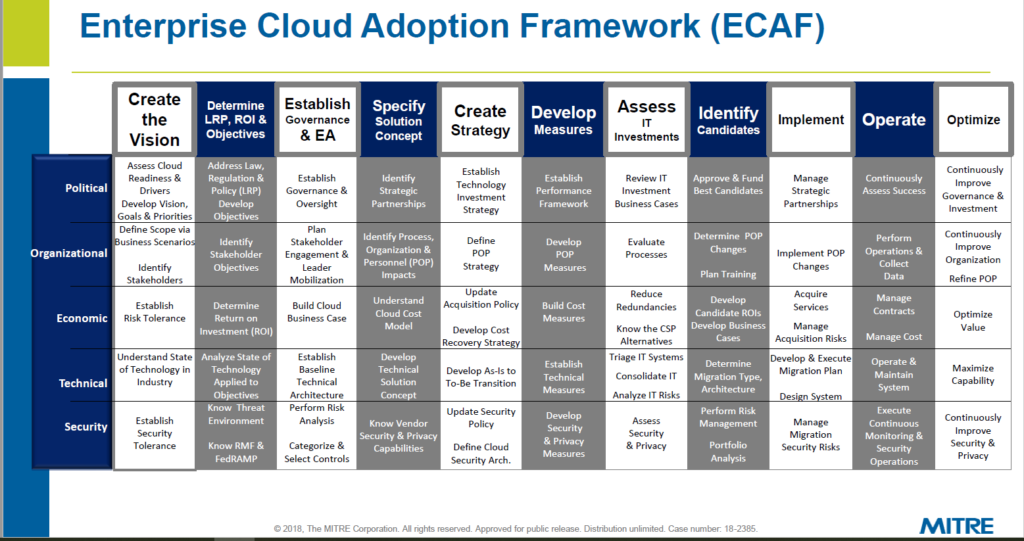
Cloud Adoption Framework is a set of best practices, tools, and guides that most public cloud vendors publish. The idea behind these cloud adoption frameworks is to assist organizations to embrace public cloud securely, efficiently and faster. The cloud adoption framework comprises each phase of cloud acceptance, from planning to living in the cloud. It provides a very well-tested checklist and steps to choose the right path for cloud migration and the right tools to help reduce potential security, governance, and budget problems.
The good thing about the cloud adoption framework is that it covers technological, people, processes and business aspects. Therefore, it helps to align business strategies with the culture, business and technology inspirations to achieve the business benefits.
Cloud growth
The cloud adoption framework is your guide to making the most of your cloud investment. Most organizations are adopting the cloud as per the IDG’s 2020 Cloud Computing study reveals that 92% of the organizations are somewhat in the cloud.
Organizations must adapt to the cloud with proper planning and strategy in place. However, I observe that even if they have the strategy, they have just started consuming the cloud with the migration of simple applications and don’t have any proper framework or rules to follow. Another challenge I am seeing is that organizations don’t have clear visibility to their digital estate. When you start planning about cloud migration or adoption, the first question that comes to mind is to discover or assess the current IT state, which sometimes becomes painful to complete. Sometimes, what is being observed is that relevant stakeholders don’t know where to start and the requirements or initial checklist they need to follow to migrate to the cloud.
According to Gartner, if we map to the trends impacting cloud adoption, there are four critical areas.
- Cost optimization will drive cloud adoption
- Multicloud will reduce vendor lock-in
- Insufficient cloud IaaS skills will delay migrations
- Distributed cloud will support expanded service availability
There is no doubt that each organization is unique with the operating model, products, services, organizational infrastructure and technology. Now adopting the cloud also depends on the business functions, services and applications are used in the organization; it will be unique to every organization. However, as we are seeing, most organizations are moving to the cloud, so we can say there is a pattern emerging. These frameworks are the results of these patterns concluded from a large number of cloud migrations journeys. Take an example of the work done by the Open Data Center Alliance Cloud Adoption Framework

Another paper was presented during the 2017 international conference on information systems and computer science with the name “Unified Cloud Computing Adoption Framework.” which describes the process in six steps framework, current situation definition, requirements definition, providers analysis, providers assessment, decision, and migration.
Another interesting and the most I like Enterprise Cloud Adoption Framework developed and shared by the MITRE and targeted areas to address are Political leadership, Organizational, Economic, Technical and Security (POETS) factors.

You’ll Learn:
Different Cloud Adoption Frameworks:
- What is ECAF?
- What are the common Cloud Adoption frameworks?
- Why frameworks are important for journey to cloud?
- How different cloud vendors are treating these frameworks?
- Part II – To Learn more about the different Cloud Vendors adoption framework
Resources:
- 100 – Cloud Adoption Framework from Different Cloud Vendors- Part II
- IDG’s 2020 Cloud Computing study
- Gartner, 4 trends impacting cloud adoption
- Open Data Center Alliance Cloud Adoption Framework
- Unified Cloud Computing Adoption Framework during IEEE 2017 international conference on information systems and computer science
- Enterprise Cloud Adoption Framework developed and shared by the MITRE
- 97 – What are the leading cloud migration challenges?
- 95- Cloud Security with CIS Benchmarks
- 94- How to develop a cloud migration strategy?
- 93- Cloud Migration Workload Assessment
- 91- Workload Migration to Cloud – Getting Started
To share your thoughts:
- Leave a comment on the section below on this post
- You want to suggest any new topic we should cover in future Podcast
- Join us in the Mastermind tribe
- Share this on Twitter, Facebook, If you enjoyed this episode and we together are learning new technologies.
To help out this initiative:
- Leave a candid review for the OTechTalks Podcast on iTunes! Your ratings and reviews will help the session on iTunes.
- Subscribe to the Podcast on iTunes to get the next sessions